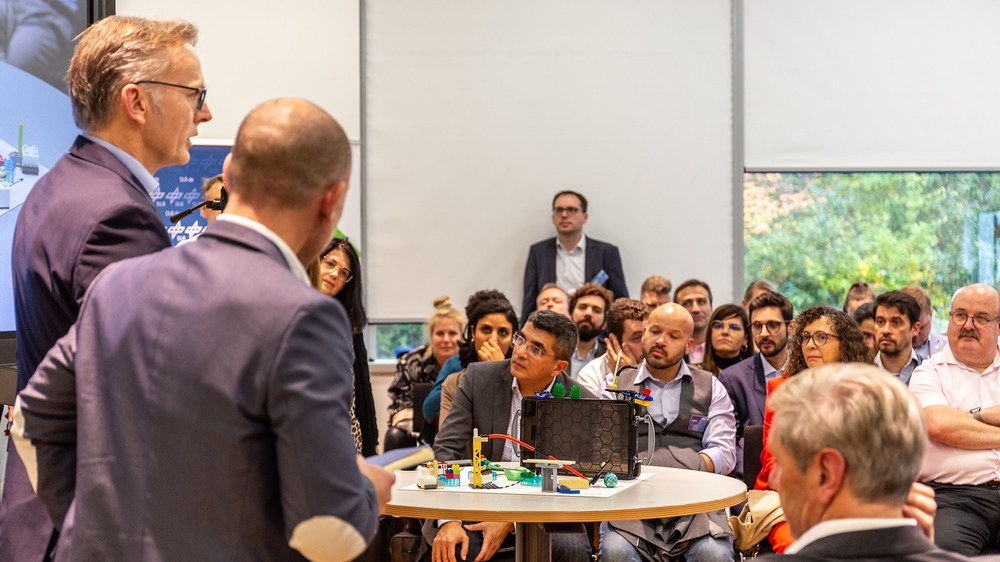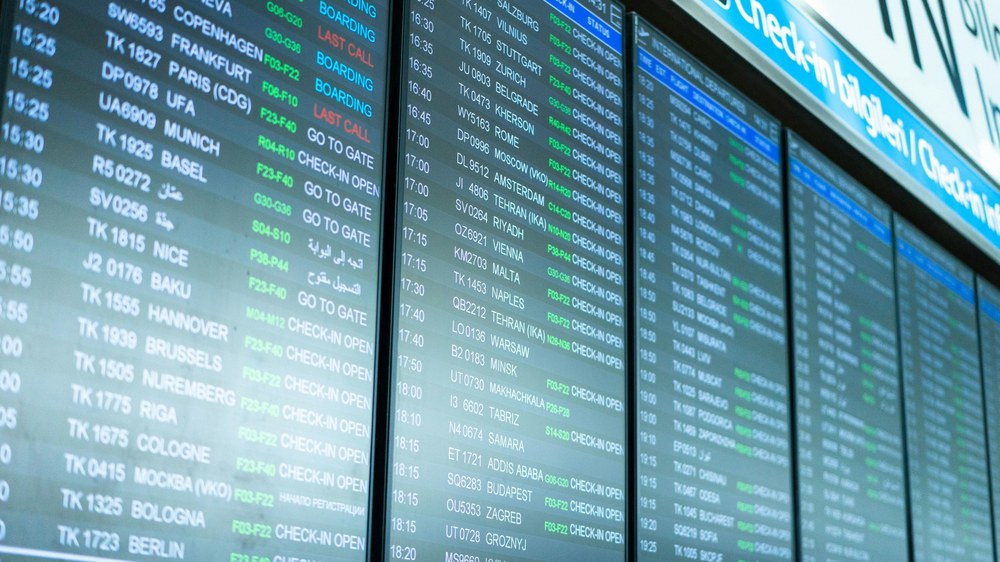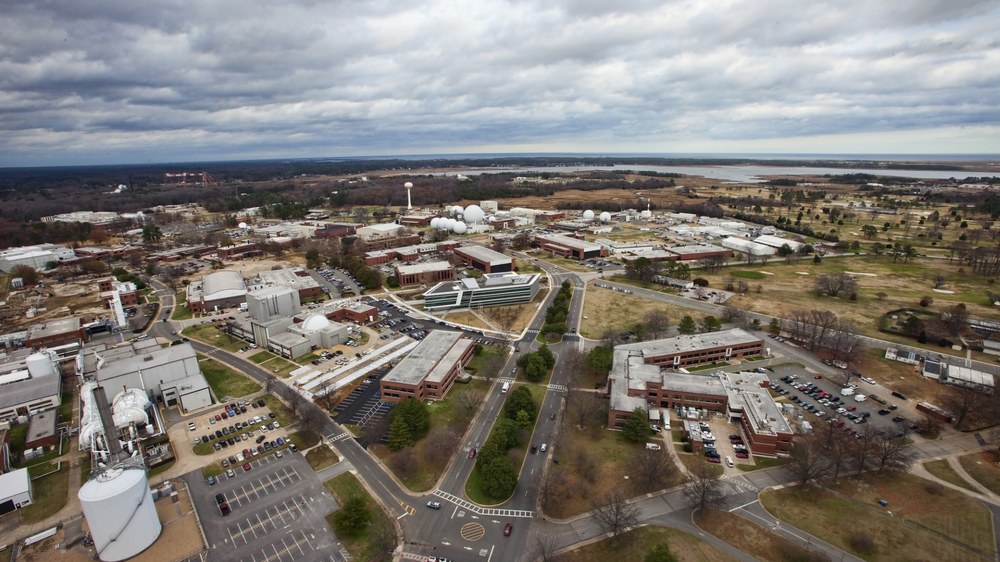SESAR 3 Joint Undertaking
The SESAR 3 Joint Undertaking (SESAR 3 JU) is an institutionalised European partnership between private- and public-sector partners using research and innovation to accelerate the delivery of the Digital European Sky.


Buro Millennial
The Institute cooperates nationwide with the most diverse universities. The Institute enjoys a particularly close connection with the TU Braunschweig; this is thanks firstly to the geographical proximity, and secondly through the joint appointment of the Head of the Institute with a W3 professorship for air traffic control. A close cooperation also exists with the institute of the same name (IFF) at the TU Braunschweig.
Furthermore, close connections have been formed to a number of universities concerning specific specialist topics. Examples include the University of Saarland (speech recognition technology), the TU Delft (exchange of students with diverse specialist subjects) and the University of Illinois Urbana-Champaign (field of “Human Performance Modeling”).
Through close collaboration with industry, the Institute ensures a steady transfer of knowledge and technology into society. The Institute maintains particularly close contacts to a number of companies, which are also characterized by joint cooperation agreements.
These include, in particular, the national cooperations with the companies DFS Deutsche Flugsicherung GmbH, Fraport AG, Diehl Stiftung and Barco N.V. as well as the international cooperation with the Austrian company FREQUENTIS AG and the Israeli company Elbit Systems Ltd.

Alex P

NASA
Since 2012, an agreement has existed between DLR and the US National Aeronautics and Space Administration NASA regarding close cooperation in aeronautical research; one focus thereby is air traffic management.
NASA is involved through its research centers Ames and Langley. In addition to the contentual cooperation and the mutual provision of scientific data, a strong exchange of personnel between the institutions also forms part of the agreement.
Since 2013, the Institute has been working closely together with the newly established Air Traffic Management Research Institute (ATMRI) in Singapore. This institute was initiated by the Civil Aviation Authority of Singapore (CAAS) and the Nanyang Technological University (NTU).
The Institute contributed significantly towards the development of the ATMRI. The cooperation with the facilities in Singapore opens up new research perspectives in Asia.

Jeda Hutchison
